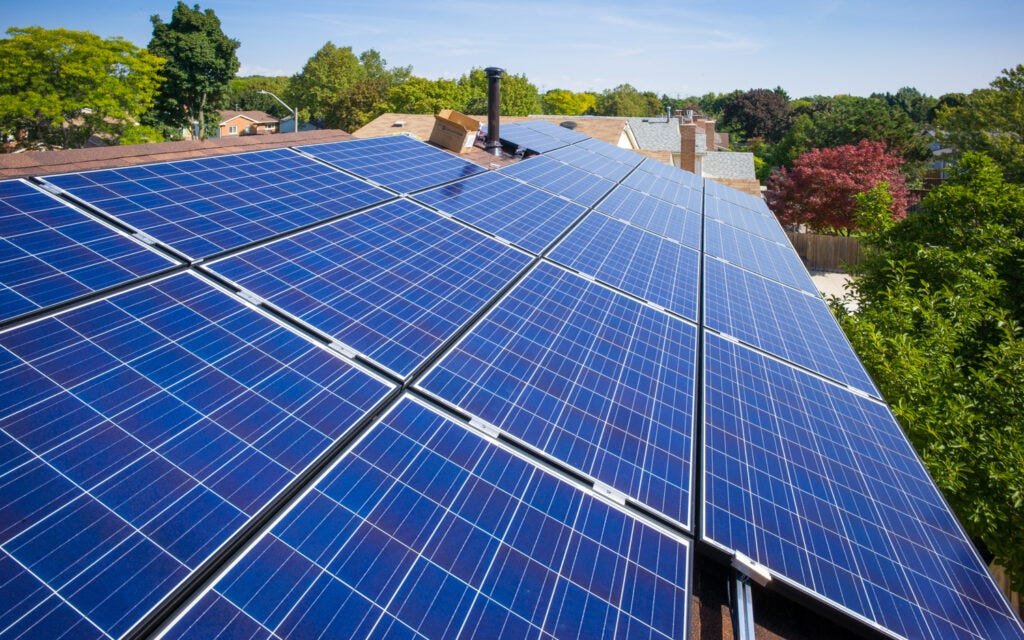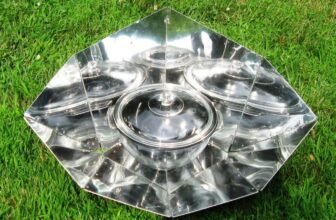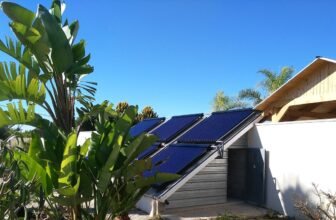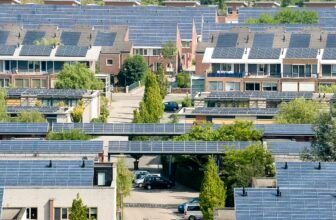
The Bright Side and the Shadows: A Deep Dive into Solar Power
When Emily and Jason moved into their quaint countryside home, they were determined to live a more sustainable lifestyle. The sprawling green fields surrounding their house were kissed by the sun almost year-round, an invitation they couldn’t ignore. Inspired by documentaries, online forums, and their growing concern about rising electricity bills and carbon footprints, they decided to make the leap into solar energy. But as with any major life decision, they found that while solar power has its advantages, it also comes with challenges. Here’s the story of their solar journey and what they discovered along the way.
The Allure of the Sun – Advantages of Solar Power
Solar power is often seen as the golden child of renewable energy, and for good reason.
1. Clean and Renewable Energy Source
For Emily, the biggest motivator was the environmental impact. Unlike fossil fuels, solar energy doesn’t emit harmful greenhouse gases. Every kilowatt-hour produced by their solar panels was a kilowatt-hour that didn’t come from burning coal or natural gas. It felt like they were doing their part in combating climate change, one sunny day at a time.
2. Lower Electricity Bills
Jason, ever the numbers guy, was excited about the potential cost savings. Once installed, solar panels began offsetting their electricity usage immediately. Over the next few months, their energy bills dropped dramatically, especially during spring and summer. With net metering, they even received credits for the surplus electricity sent back to the grid.
3. Energy Independence
Living in a somewhat remote area, they’d experienced power outages during storms and grid failures. With their solar system, especially after adding a battery backup, they could keep essential appliances running. That autonomy brought a sense of security.
4. Increase in Property Value
Real estate agents had told them that solar-equipped homes often sell faster and at a higher value. While they had no plans to move, it was reassuring to know that their investment could pay off in the long run.
5. Low Maintenance
Another benefit that came to light was the minimal maintenance required. With no moving parts, their solar system quietly did its job day in and day out, needing only occasional cleaning.
The Cloudy Side – Disadvantages of Solar Power
But not everything about solar energy was as shiny as a new panel.
1. High Initial Costs
The upfront costs were substantial. Between panel installation, inverter systems, permits, and optional battery storage, they shelled out over $20,000 before any tax credits or incentives. It was an investment that required careful financial planning.
2. Weather Dependent
Although they lived in a sunny area, cloudy days and storms still happened. On overcast days, solar efficiency dropped noticeably. Winters, though mild, brought shorter days and reduced generation.
3. Space Requirements
Their roof had enough space, but not everyone is so lucky. Effective solar power generation requires a considerable area, ideally with no shade. For those in urban apartments or with small rooftops, this becomes a limiting factor.
4. Energy Storage Costs
To make the most of their system, especially for nighttime use, they needed a battery system. This added to the expense and brought its own set of challenges, which they’d soon come to understand more deeply.
The Heart of the System – Battery Costs and Considerations
Curious friends often asked: “How much does a battery for solar panels cost?” Jason had done the research.
The cost of a solar battery can vary widely depending on capacity, brand, and technology. In 2025, the average residential solar battery, like the Tesla Powerwall, LG Chem RESU, or Enphase Encharge, costs between $8,000 and $15,000 including installation.
Here’s a quick breakdown:
-
Tesla Powerwall 2: ~$9,500 before installation; total around $12,000
-
LG Chem RESU 10H: ~$7,000 to $10,000
-
Enphase Encharge 10: ~$9,500 to $13,000
Though expensive, these batteries allow homeowners to store excess energy generated during the day for use at night or during outages, increasing energy independence.
Hidden Costs – Three Drawbacks to Storing Solar Energy in Batteries
1. High Upfront and Long-Term Costs
Even though solar batteries save money over time, the initial investment can be daunting. Plus, batteries don’t last forever. Most have a lifespan of 10–15 years, meaning replacement is inevitable, especially if your solar panels are rated for 25+ years.
2. Efficiency Losses
Battery systems are not 100% efficient. There’s a small energy loss during the charging and discharging process, typically around 10–15%. While minor in the short term, this adds up over the lifespan of the system.
3. Environmental Impact of Battery Production
Emily, passionate about sustainability, was surprised to learn about the environmental cost of lithium-ion battery production. Mining for lithium, cobalt, and other materials involves environmental degradation and ethical concerns. While batteries support a clean energy future, their production still comes with ecological and human costs.
The Care and Feeding – Solar Panel Maintenance
As the seasons changed, Emily wondered, “How often do solar panels need maintenance?”
To their relief, solar panels are incredibly low-maintenance.
Routine Cleaning
Dust, pollen, bird droppings, or leaves can reduce panel efficiency. In dry or dusty regions, it helps to rinse panels with water every few months. In more humid or rainy areas, nature often does the job.
Annual Inspection
Once a year, it’s advisable to have a professional inspect the system. They’ll check for:
-
Wiring issues
-
Cracks or corrosion
-
Inverter performance
-
Mounting stability
Costs for annual inspections usually range from $150 to $300, but they can catch small problems before they become expensive ones.
Inverter Replacement
Inverters, which convert solar energy from DC to AC, typically last 10–15 years. Jason knew he’d need to budget for a replacement halfway through the life of their panels.
Set It and Forget It? – Leaving Solar Panels On All the Time
One evening during a storm, a neighbor asked, “Should I turn off my solar panels during bad weather?”
The answer is: Yes, you should generally leave your solar panels on all the time. Here’s why:
Built-In Safety Features
Modern solar systems are equipped with safety features like surge protection and automatic shutdowns. If the grid goes down or if there’s a hazard like overheating, the system will automatically isolate itself to prevent harm.
No Need to Manually Intervene
Constantly turning the system on and off can do more harm than good. These systems are designed to operate continuously and adapt to varying sunlight conditions.
Only Shut Down in Rare Cases
In rare cases, like scheduled maintenance, severe hailstorms, or fire risks, your installer may recommend powering down. Otherwise, it’s best to let the system do its job.
Lessons from the Light – Is Solar Worth It?
After a full year of living with solar power, Emily and Jason sat down to reflect. Their journey wasn’t perfect, but it was enlightening.
Financially, they had reduced their electricity bills by 70%. With tax incentives and state rebates, they expected a full return on investment within 7–10 years. After that, it would be near-free electricity.
Environmentally, they felt proud. Their home emitted fewer carbon emissions, and their energy choices aligned with their values.
Technically, there were hiccups, monitoring software bugs, a wiring issue in month six, and one costly bird-proofing installation to keep pigeons from nesting under the panels. But overall, the system performed well.
Would they do it again? Absolutely.
Balancing the Sunlight and Shadows
Solar energy isn’t a one-size-fits-all solution. For some, it’s a game-changer; for others, it may not be worth the cost or hassle depending on location, finances, and lifestyle.
Here’s a summary of what Emily and Jason learned:
✅ Advantages
-
Clean, renewable energy
-
Lower electric bills
-
Greater energy independence
-
Low maintenance
-
Long-term home value boost
❌ Disadvantages
-
High upfront cost
-
Weather and space dependent
-
Battery storage is expensive and imperfect
-
Long ROI timeline for some users
In the end, going solar is a decision that shines brightest when you go in with your eyes wide open.
Thinking about solar? Evaluate your energy needs, consult professionals, explore incentives, and consider your long-term goals. Whether you’re reducing bills, saving the planet, or just embracing technology, solar power may just be the dawn of a brighter future.




